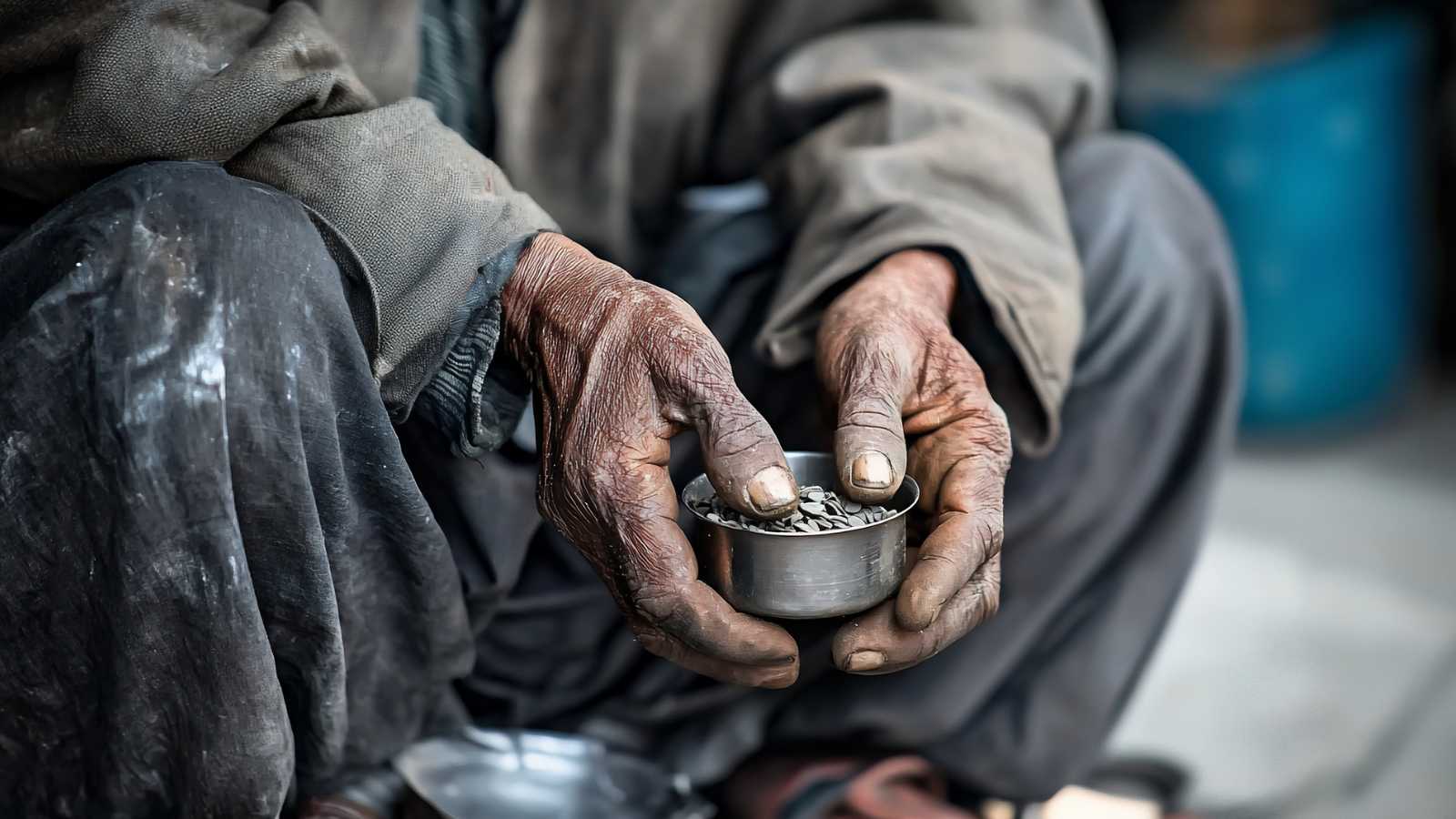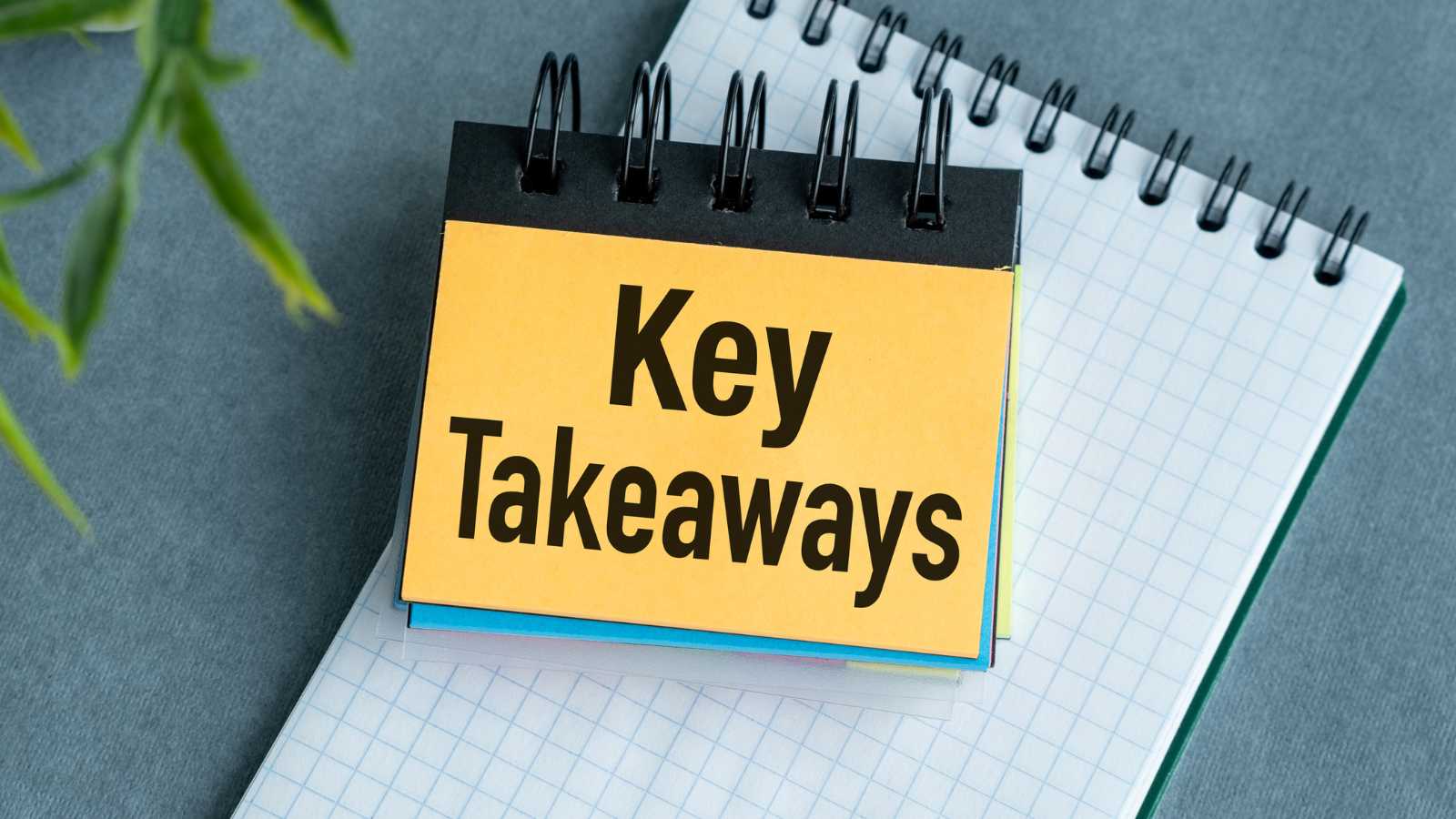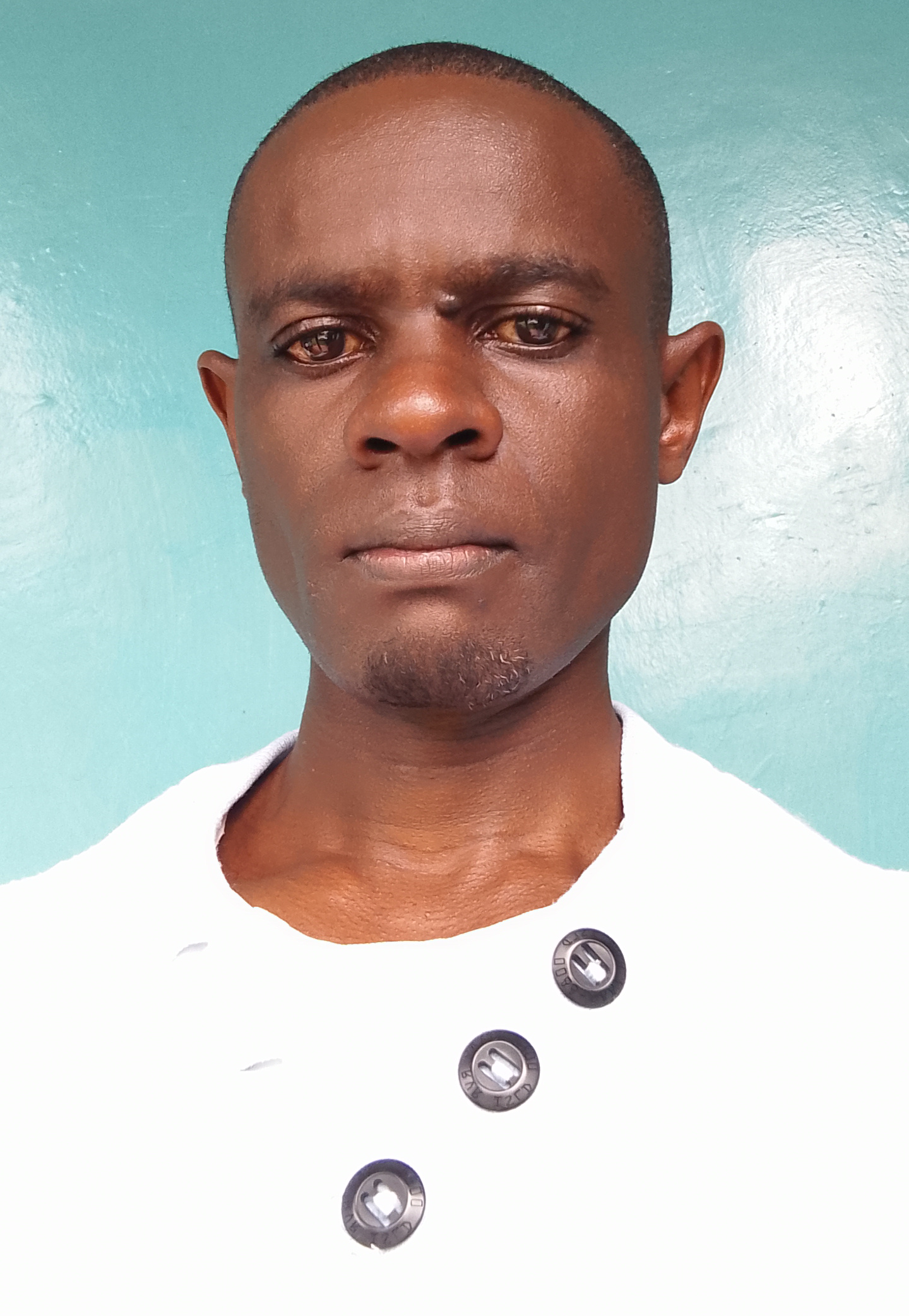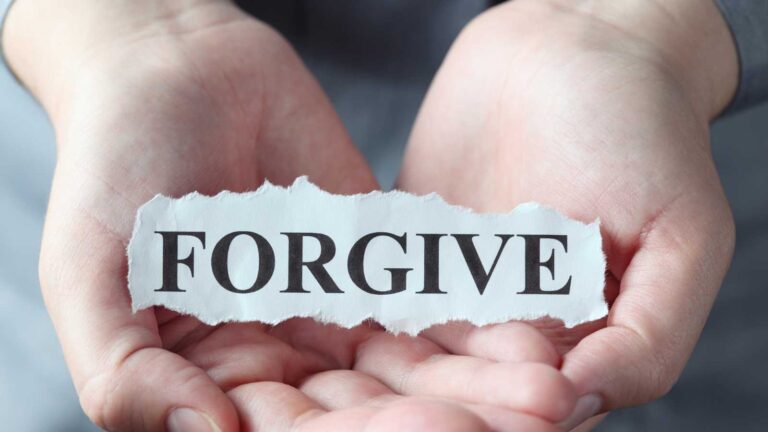8 harsh realities of poverty that the rich simply don’t understand

Let’s be real, the gap between the rich and the poor in this country isn’t just a gap; it’s a chasm. We’re not just talking about income but wealth. The Federal Reserve’s latest data shows that in 2022, for every $100 in wealth a typical white household held, a typical Black household held only $15. And a 36-country survey found 54% of people see this gap as a “very big problem”.
But here’s the kicker: the experience of poverty isn’t just “being broke.” It’s a full-time, high-stress job with systemic traps the wealthy don’t even know exist. Forget the “latte myth” or “avocado toast”—those narratives are absurd. The reality is far harsher.
The ‘bootstraps’ myth is, literally, an impossible joke
You’ve heard it a million times: “Pull yourself up by your bootstraps.” It’s the go-to line from the “peanut gallery,” as author Alissa Quart calls them, who critique those struggling. Fun fact: the phrase originated in a 19th-century physics textbook to describe an absurd, impossible act. As Martin Luther King Jr. said, it’s a “cruel jest to say to a bootless man that he ought to lift himself by his bootstraps”.
This “grindset” obsession ignores the data. The U.S. actually has less relative economic mobility than most other developed nations. And for many communities, mobility has “stagnated or worsened” over the past few decades. We celebrate the “one in a million dream”, the “survivor,” and use that single exception to judge everyone else.
Poverty literally taxes your brain’s bandwidth
Ever have so many browser tabs open your computer slows to a crawl? That’s what poverty does to your brain. Researchers Sendhil Mullainathan and Eldar Shafir call the anxiety of scarcity a “mental bandwidth” tax. It’s an all-consuming preoccupation that “impedes cognitive function”.
This is proven. A study of Indian farmers found the same farmer performed worse on cognitive tests before harvest (when poor) than after (when rich). Even crazier? A U.S. study found that merely thinking about a hypothetical $3,000 car repair led to a 10-12-point drop in IQ scores among low-income participants. The stress of imagining a financial shock was enough to reduce cognitive performance temporarily.
Decision fatigue is a luxury the poor can’t afford

High-performers and the wealthy actively avoid decision fatigue. Think of the tech exec who “eats the same salad for lunch” or “keeps a closet full of nearly identical shirts”. They save their mental energy for big, meaningful choices.
People in poverty have the exact opposite experience. They face an endless barrage of high-stakes decisions: “Pay the electric bill or buy diapers?” “Fix the car to get to work or buy groceries?” This “cognitive depletion” leads to “snap decisions” or “avoidance”, not because of bad judgment, but because their decision-making ability is fried by 10 AM.
It is costly to be poor
Here’s the ultimate irony: people with the least money pay the most for basic goods and services. Experts call this the “poverty premium.” A UK study (which mirrors the U.S. experience) found that low-income households pay an extra £478 (about $590) per year for the same essentials, such as energy and insurance.
Why? They can’t afford to buy in bulk, a practice that’s about 48% more expensive. They can’t pass a credit check for a cheap energy tariff, so they’re stuck on more expensive prepayment plans. Even car insurance costs more if you live in a low-income zip code.
The ‘unbanked’ are forced into a predatory system
According to the Federal Deposit Insurance Corporation (FDIC) 2023 survey, about 5.6 million U.S. households are “unbanked,” meaning they have no checking or savings accounts. It’s not because they “distrust banks.” The FDIC’s own data shows the main reasons are that account fees are “too high” or “unpredictable,” and they can’t meet minimum balance requirements.
So, they’re forced into the “alternative” market. That means paying a check-cashing service an average of $40 just to get their own paycheck. Or, they get a payday loan. About 12 million Americans use them annually, often for necessities like rent, at an average APR of 391%. Your credit card’s 24% APR suddenly looks like a great deal.
The system punishes you for getting a raise

This one is truly wild. It’s called the “benefits cliff.” Over 127 million people live in households that receive some form of means-tested aid (such as SNAP or childcare subsidies). These programs have a “cliff” where earning one dollar too much makes you suddenly, completely ineligible.
In Ohio, for example, a $1 increase in income could trigger a loss of over $8,000 in childcare benefits. This isn’t theoretical. A Tennessee survey found one-quarter of low-income families had turned down a raise for fear of hitting the cliff. They are making a rational choice to avoid financial ruin, and we call them lazy for it.
Poverty is a ‘transportation trap’
High-quality transportation is “crucial to upward mobility”. But as poverty has suburbanized, people are pushed into “vehicle-centric” communities with terrible public transit. A Brookings analysis found that urban poor residents can only reach about 22% of the low-skill jobs in their metro area with a 90-minute transit commute.
This forces a “precarious” dependency on a car. For a wealthy person, a flat tire is an inconvenience. For a low-income person, it’s a catastrophe that means losing their job. This isolation also creates “food deserts”, where 47.4 million people in the U.S. live in food-insecure households, unable to easily get to a real grocery store.
It’s not what you know, it’s who you know (literally)
Sociologists like Robert Putnam talk about two types of “social capital”. “Bonding capital” is your close friends and family—the people who help you “get by”. Low-income communities often have tons of this.
But the rich have “bridging capital”—the “weak ties” to people in different circles. This is how you “get ahead”. Sociologist Mark Granovetter found that these “weak ties” are how you hear about the good jobs and opportunities. If your network is “homogenous”, you can work 80 hours a week, but you’ll never even get the information needed to find a path out.
Key Takeaway

So, what’s the takeaway? Poverty isn’t a “mindset” or a lack of effort. It’s a systemic maze of cognitive taxes, financial traps, and policy cliffs that are invisible to those who’ve never had to navigate them.
Maybe the next time someone brings up “bootstraps,” we can ask them if they’ve ever had to turn down a raise to keep their kid in daycare. IMO, that’s a conversation worth having.







